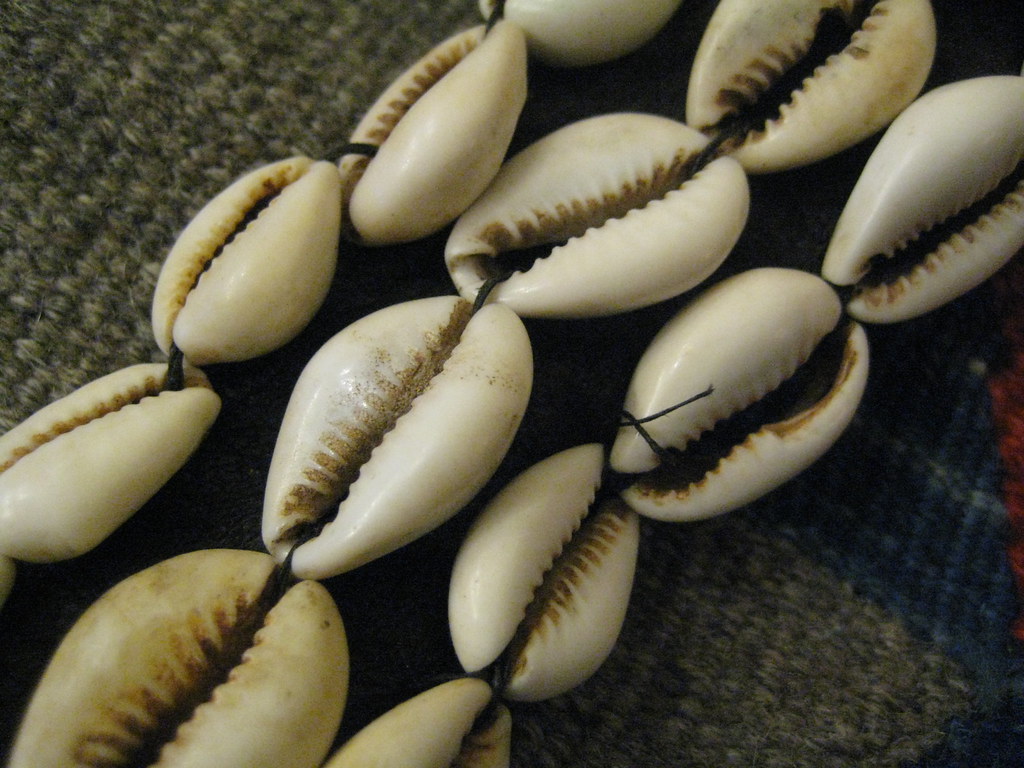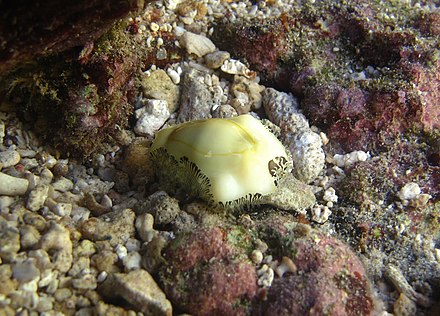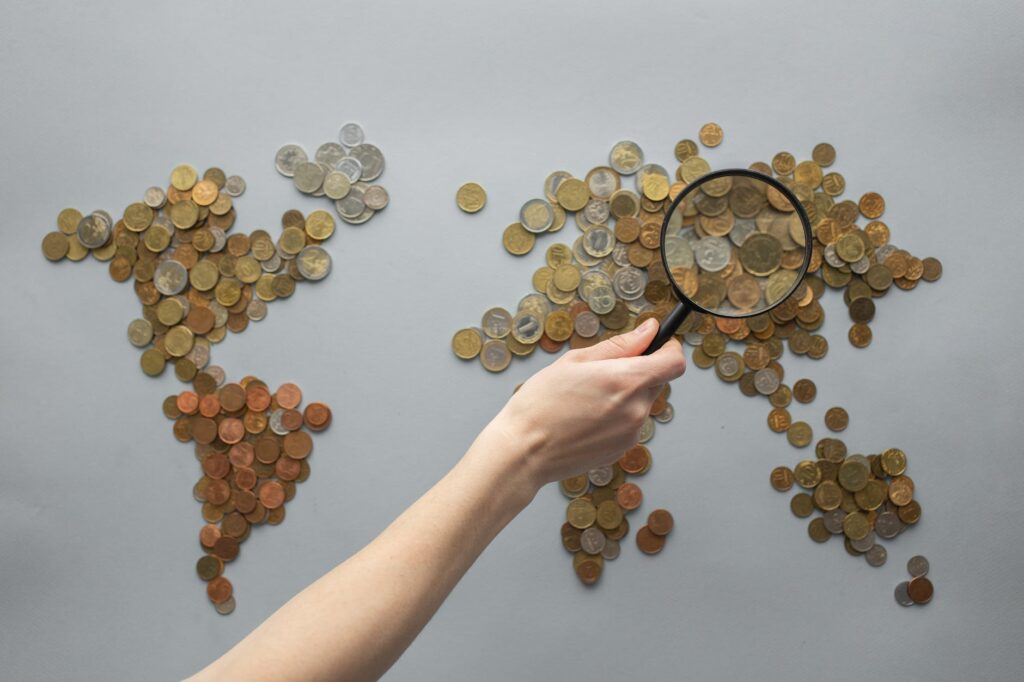I know I’m not the only one in a pinch for money. That pinch hurts like hell. I know because I worked in COVID testing during those quarantine heydays and when I was broke broke…that pinch had me by the ball sack. Regardless, because money has been on my mind lately, I’ve also been inclined to think about how we think about these green tickets we sweat for.
Money is something seen as just is and there is no meaning behind it. We just know simply that the more of it you have in the bank, the better your life is. However, “money” or these pieces of paper/points in your bank account, is just a representation of value agreed upon by its consumers, hence the use of fiat currencies backed up by the papi government. It is also why assets and other types of stocks/property hold much more value than cash–because it generally will build enormous revenue over time. In the 19th century, cash value was not backed by centralized governments but gold. It became standard for most bank notes(money) in European countries as well as the USA, only ending recently in the 1940’s. But, before all that jazz (when British “civilization operations” started), much of the world used multiple types of currencies to not just “barter” but to denote value. In Atlantic Africa, this was also the case. Below are three examples of currencies that were used in prior to the blanket of globalization.
Cowrie shells

These shells were first introduced through the Trans-Saharan trade routes and made their way throughout the continent of Africa. The shell of a mollusk, called Cypraea moneta(wink wink), was found mostly in the Indian Ocean and its islands.
These mollusks were caught with huge fishing nets and then left to die in the hot sun. That left you with their pearly shells. The Portuguese, and other European powers that followed them, would trade these for gold and people in Atlantic Africa.

It was convenient for them because it was valued as currency in both Southeastern Asia as well as Atlantic Africa, making them both happy trading partners. Also, this was also used for decoration, religious services and during the veneration of the ancestors.
Cloth
Cloth was used as currency throughout modern day countries such as Guinea, Sierra Leone, Nigeria and especially West-Central Africa. Different lengths signified different types of value. Similar to how people use name brands to show how much “money” they have, cloths was used to show that figuratively and literally. One prime example is the libongo cloth of the old kingdom of Loango, which is near the coastline of Congo and Democratic Republic Of Congo.
Kikongo raffia cloth(libongo)
The size of a small handkerchief, it was sown together multiple times(called mbongo) and could be exchanged for good and services within the land. This currency was eventually replaced with copper introduced by the Luandan-Portuguese administration.
Raffia currency cloth of the Kuba kingdom used between the 17th and 19th century
Bronze/Copper Manillas
Lastly, we have our beautiful bronze/copper manillas that were popular in West Africa as well, especially with the Bini Kingdom of the 16th century. Originally introduced by the Phoenicians (North Africans), it became a part of currencies used in pre-colonial states; from today’s Benin to the Igbo-dominated areas of Nigeria.
In Calabar(an Efik-dominated trading city), one could buy you an elephant tusk and 10-12 was usually the price of slaves. This desire for copper fueled trade between southeastern Nigeria and the city of Birmingham, assisting it in becoming the most significant brass manufacturing city in Europe. Brass manillas sold to the Bini people were melted down to make beautiful sculptures that tell the stories of the past.
